A Black Hole Is Causing Stars To Explode
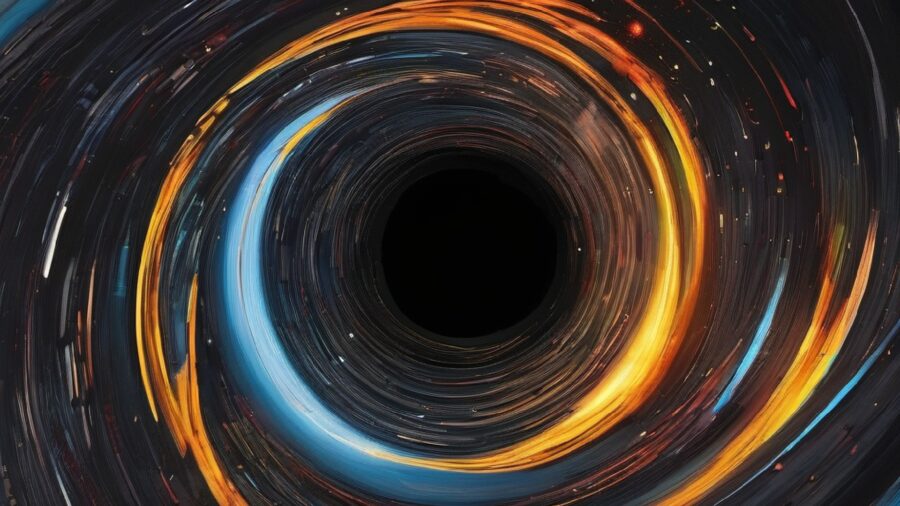
Scientists observing the black hole in the M87 galaxy have discovered that it seems to be causing nearby stars to explode. A jet of plasma emanating from the region destroys celestial bodies they come in contact with, but even stars too close to the jets explode at an increased rate. The cause of these celestial explosions remains a scientific mystery.
Stars Are Erupting
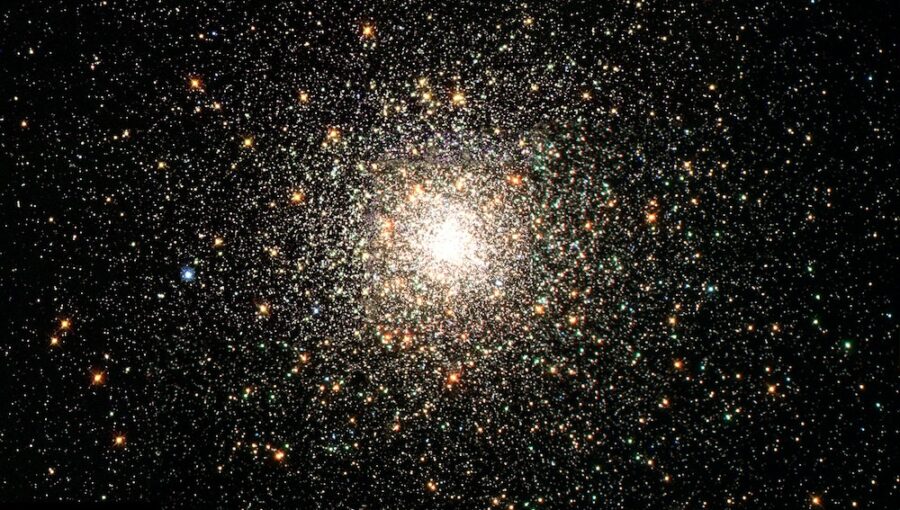
Using the Hubble Space Telescope, researchers have found that white dwarf stars near the black hole’s plasma jet were twice as likely to become novae.
The phenomenon occurred exclusively in two star systems with the smaller dwarf star erupting.
These types of eruptions usually happen when the older companion star spews hydrogen, which is absorbed by the dwarf star until it explodes in a nova, but the jet may be speeding that process up somehow.
Black Hole Possibilities
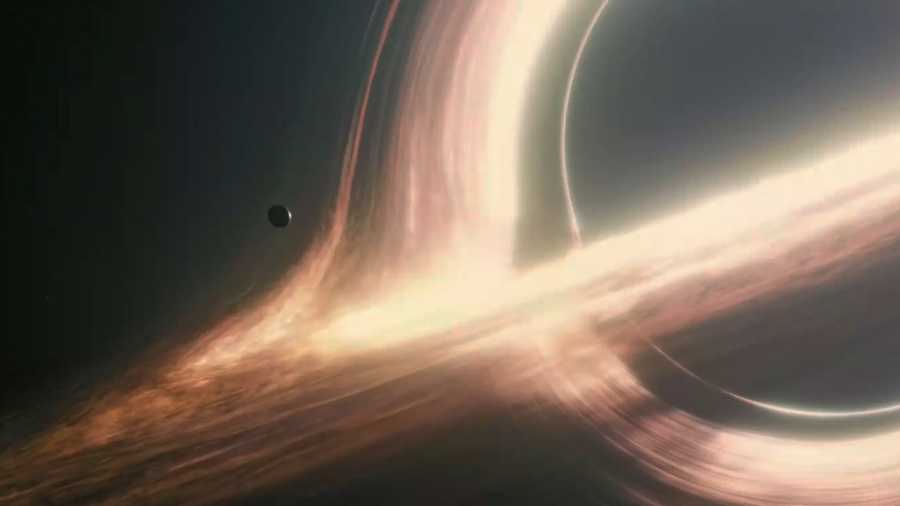
The higher rate of novae in the area leads to two possibilities: either the region around the black hole has twice as many two-star systems, or the white dwarfs in the region are twice as likely to erupt.
Researchers are leaning towards the second possibility as the more likely option. That would mean that the jet itself is doing something to the stars.
The idea researchers initially proposed was that the black hole jet caused the dwarf’s companion star to heat up as it passed by. That would cause the companion star to spew out more hydrogen, which could kick-start the nova eruption.
However, this idea was dismissed based on the amount of heat that process would require.
Plasma Jet Pushing

A more likely possibility is that the black hole plasma jet is pushing hydrogen into the white dwarf stars as it passes by.
The pressure from the jet could cause a more rapid absorption of hydrogen, setting off the explosion.
Either an increased rate of absorption or the presence of more actual hydrogen in the system could cause the eruption to occur faster than normal.
Studying It Closely
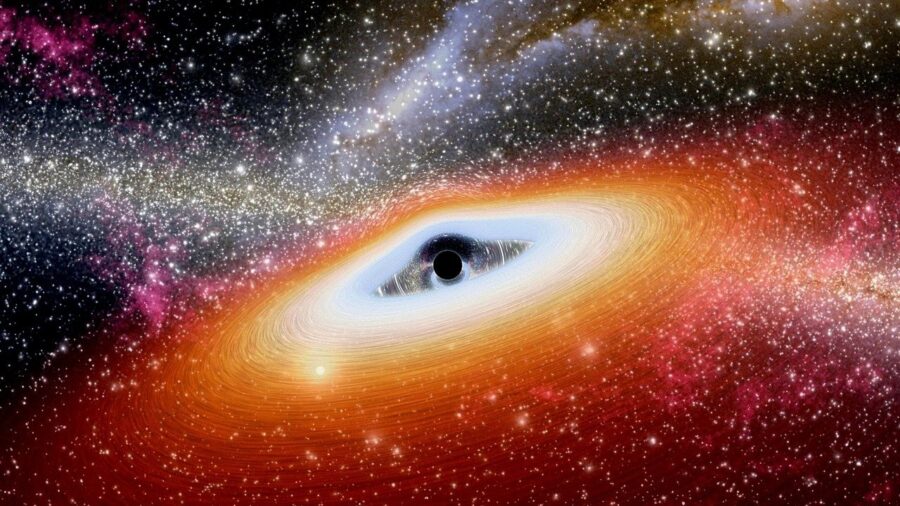
Scientists have been studying the M87 black hole closely for years, but their impact on nearby space is still being understood.
Scientists were aware of the 3,000 light-year-long plasma jet traveling at close to light speed but hadn’t realized how catastrophic it was to the celestial bodies it passed by.
This discovery could illuminate more about what causes stars to erupt and the nature of the mysterious plasma jet in M87.
Hubble Space Telescope Images
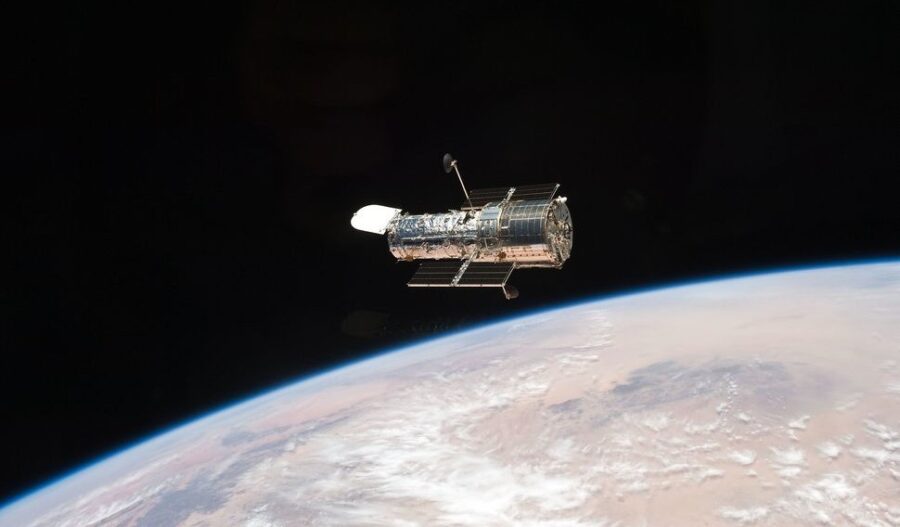
The discovery was made by taking photos of the area around the black hole from the Hubble Space Telescope with new, higher-quality cameras.
These wide-view cameras allowed researchers to count novae eruptions in M87 and compare them to other regions of space. Taking pictures of the galaxy every five days, scientists were able to calculate the rate of explosions.
A New Layer Of Mystery
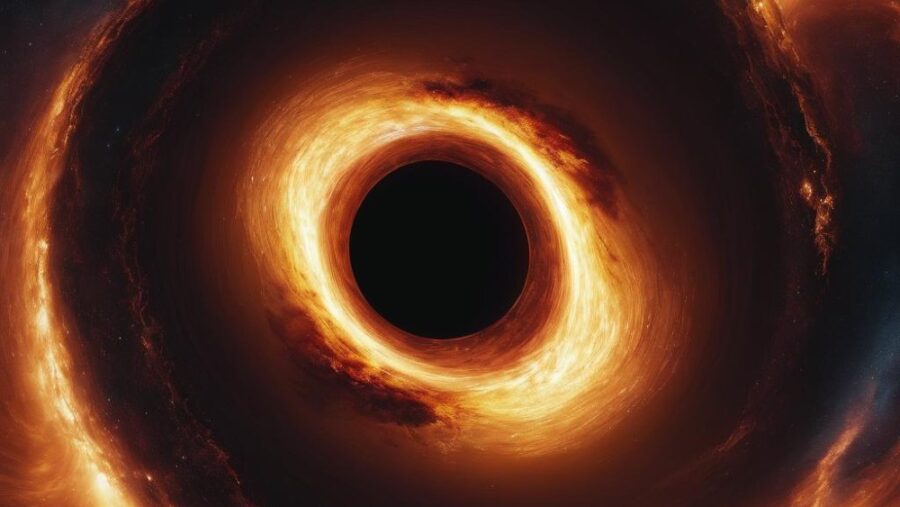
For those researching black holes, the incredible power of a plasma jet generated by the phenomenon adds a new layer of mystery.
The fact that the jet is powerful enough to detonate nearby stars as it streaks through space is awe-inspiring.
Now that scientists are aware of the phenomenon they can set about studying the celestial event to understand why the jet causes stars to explode.
Source: NASA













Login with Google